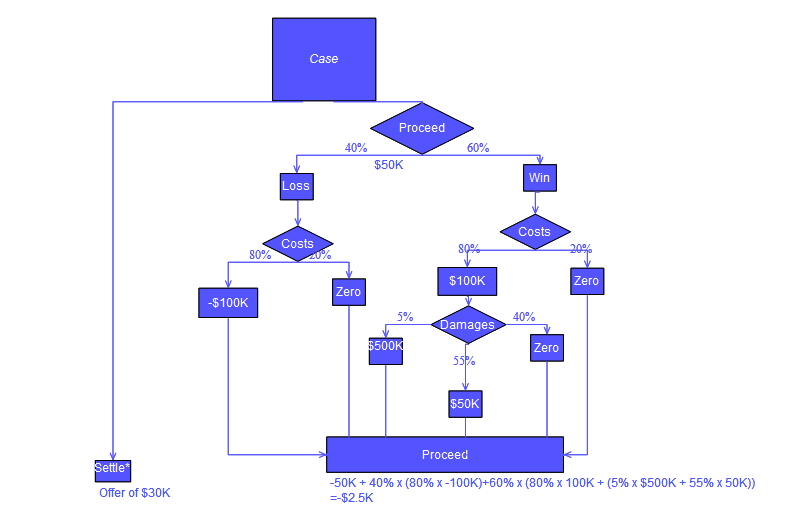I admire DMN for elegance and clarity, even apart from bright prospects on compatibility of execution. This apparent clarity is not accidental. There exists deeply rooted and not justified prejudice about BPM as a world of diagrams. However, BPM is a world of processes, and processes are not always best viewed as diagrams.
Graphs, which serve as an adequate abstraction for most BPM processes can be represented in multiple ways. Diagrams are only one way of their representation, universal but not always ideal. There exist multiple powerful techniques to visualize graphs as tables. For example, adjacency lists
DMN is another excellent illustration on how productive can be tabular process representation for business processes. Simplification and clarity in reduction of classical BPMN gateways into compact DMN tables is simply stunning. With all limitations, DMN illustrates how powerful can be even a local generalization of process rules in a compact rule set for interoperability of process tools. Hopefully this way of small unified steps will make more for ultimate BPM standardization than many global and universal initiatives, which failed before.
http://courses.cs.washington.edu/courses/csep521/99sp/lectures/lecture01/sld029.htm


Leave A Comment